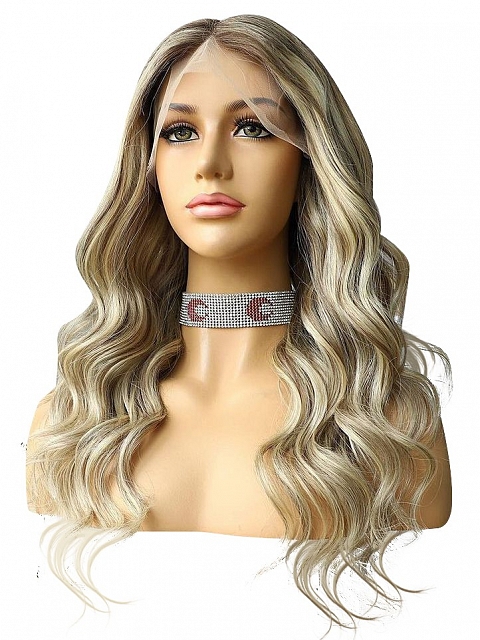Background Intro
Currently, wigs have become a popular "hot product", celebrities have also worn wigs to enhance their own glory.
Why are people so keen on wigs? If you do not often wear wigs, you may not understand its mysteries. Wigs are suitable for all seasons and can be easily managed whether it is windy, rainy or sunny. Depending on the scene, wigs can also help you switch between different styles. These hairstyles can be done almost completely in less than ten minutes. Of course, you can also try a variety of your favorite hair colors or design your wigs rely on your own inspiration.
Like all living things, wigs (or hair extensions) can become aged and damaged. Just in case your hair gets tangled, twisted, or tangled, don’t waste it, we will provide you with the simplest method to breathe new life into your old wigs today, so stay tuned!
Related: 36 Fabulous Blonde Hair Color Ideas For A Natural Look
Top 32 Trendy Hair Colors You'll Love For Autumn & Winter
Why wigs get aged?
When you do muster up the courage to spend your hard-earned money towards purchasing one, then of course, you should wear it for a really good time. The thing is, while trying to make your wig give you back your money worth, it can get dry and matted just like an overused sponge. The frontal can also start shedding.
Furthermore, factors like excessive dye, over exposure to heat or lack of moisture, can really mess up your wig and make them look like they are only suitable for Halloween. Before learning how to revive old wigs, we first need to understand the reasons why wigs get old.
A. Become Stiff
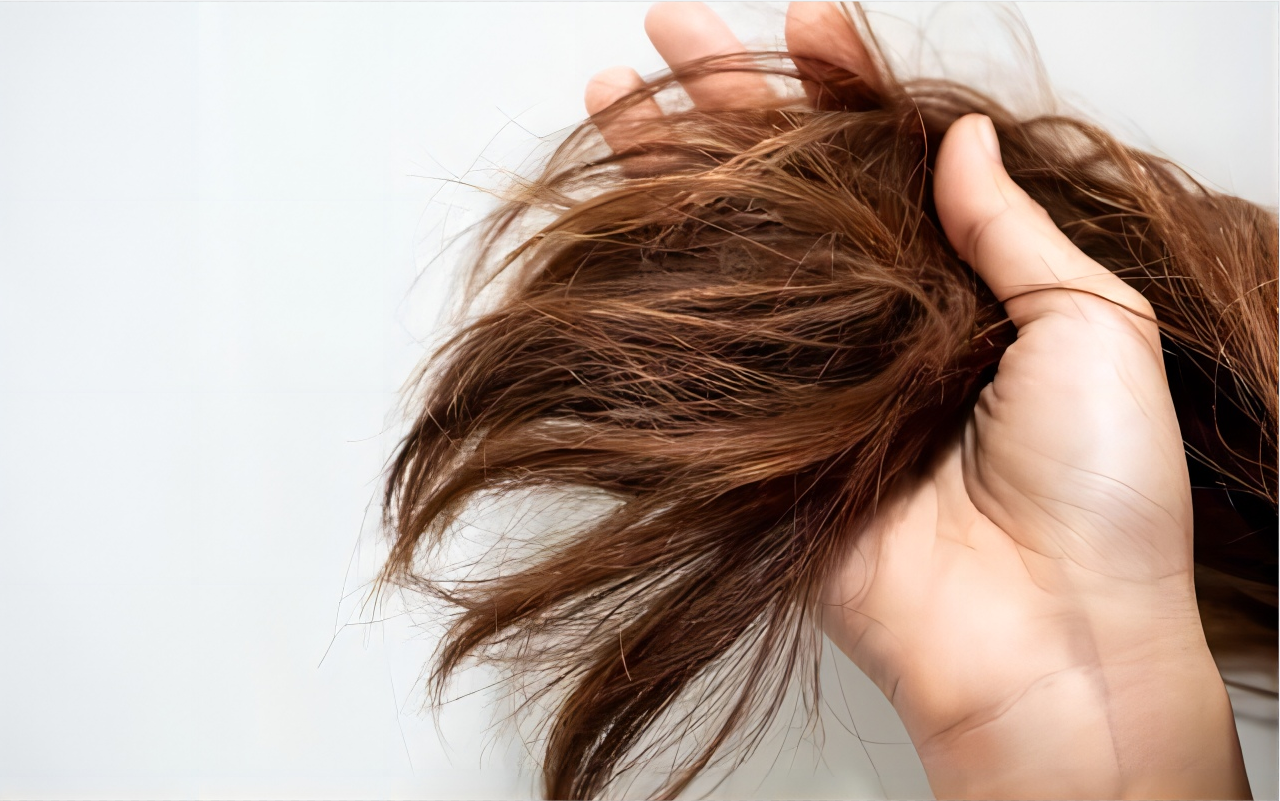
With the passage of time, the hair of the wig will become stiff. For one thing, the wig will break with hair accessories, scalp, air and other substances with varying degrees of friction, just invisible to your naked eye. Second, because women love makeup and disguise, wigs have become a necessity for them, but the chemicals in cosmetics will stain and harden the wig, and long-term wear will make the wig thin. Third, human hair becomes greasy every once in a while, and wigs inevitably absorb the oil stains of your skin, thus becoming stiff. Finally, if you use hair care products or styling products frequently, the buildup of these elements beyond the nutrients required by the wig will also cause the hair to stiff.
B. Become frizzy

Unlike your real hair, human hair wigs do not benefit from the natural moisture and oil produced by your scalp. However, this is not the only reason why they become dry, causing tangles and even breakage. The following factors can also cause hair to become frizzy: Natural environment, Lack of nutrition, Over-cleaning, Low-quality wigs, Unprofessional shampoo, Frequent heat styling, High temperature of heat tools, Lack of care. Factors such as these can cause wigs to become dry and rough, some factors are unavoidable, but others can be removed through maintenance. For example, we need to maintain the wig regularly, let it absorb sufficient nutrients, reduce the number of washing, choose high-quality wigs and professional shampoo, and avoid frequent heat styling, control the temperature of hot tools, etc.
How do I refresh my old wigs?
Wigs come in both human hair and synthetic hair. Human hair is more resilient, looks more realistic and lasts longer, but costs more. Synthetic hair is lighter and cheaper, but has shorter longevity.
A general concern for wig wearers, especially beginners, is "how long do wigs last?". Certainly you want your synthetic or human hair wig to look and feel as fabulous as it did when you first bought it, but this can be a thorny problem as they have varying lifespans due to their different constructions. There is no definite answer to the longevity of a wig, since it depends entirely on two factors. The first, the way you treat them and the second, your very own opinions on when they ought to be switched out. It is however very important when it comes to your synthetic or human hair wigs to be as delicate and tender as possible while wearing, caring for and storing them.
When your wigs (or hair extensions) , whether human or synthetic, look like they have come to an end, don't rush to throw them out just yet. Understand that in the same way our real hair does not give up like that, wigs, especially human hair wigs, don't just die like that. We wash, deep condition and moisturize our hair just to untangle it and give it its shine. In a similar way, old wigs can be revived to look like you just purchased them. You will be able to restore them to their original state. Follow the steps below to cast a spell on your wigs and bring your wigs back to life.
Human hair wigs
Step #1 Take a bleach bath

Necessities: Pot, Bowl, Cup/Sink, Bleach, Soap, Elastic gloves, Toothbrush/Bristle brush, Detergent, Shampoo.
- Fill three pots with each suspicious gallon. Prepare the bowl and holder - preferably new and not used for food or anything else. You'll also need to find a cup or a sink, as this cleaning will need to be repeated twice and you're likely to fail.
- Identify a bowl that holds bleach and avoid holding anything else at the same time. Add 2 ounces of bleach to your designated bowl. You can also mix a moderate amount of soap into the bowl by rubbing it out with soap. This foam will get into the crevices of the hair and better remove accumulated dirt and grease. Tips: To protect your skin from damage during this process, you'll need to wear a pair of elastic gloves.
- Carefully dip your hair in a bowl and look at it for a few minutes. Slowly brush through your hair with a good quality toothbrush or bristle brush, and once you find the hairpiece, gently separate it from the hair. Tip: Do not place the hairpin in soapy water every few minutes, otherwise the hair follicles of the wig will gradually fade away.
- In a separate bowl, place 2 ounces of detergent and place the detached hairpiece in it. The detergent is effective in removing soaked hair and it provides some acidity to the hair to help restore balance. Put the hair piece in the cold water and soak it for about two minutes so that it is easy to add detergent and can be mixed with shampoo for processing.
- Transfer the hairpiece to a third bowl. Add 2 ounces of lye to it and apply well. This step is good for removing soap residue. Again use a toothbrush to inspect the hair, paying special attention to the area around the hairpieces, and carefully terminate for two minutes.
- Turn on the faucet and rinse the hairpin thoroughly in the sink. Gather the hair together so that it is at the top of the hair or below the part that is in contact with your scalp. This will prevent your hair from tangling and keep it smooth.
Step #2 Conditioning treatment
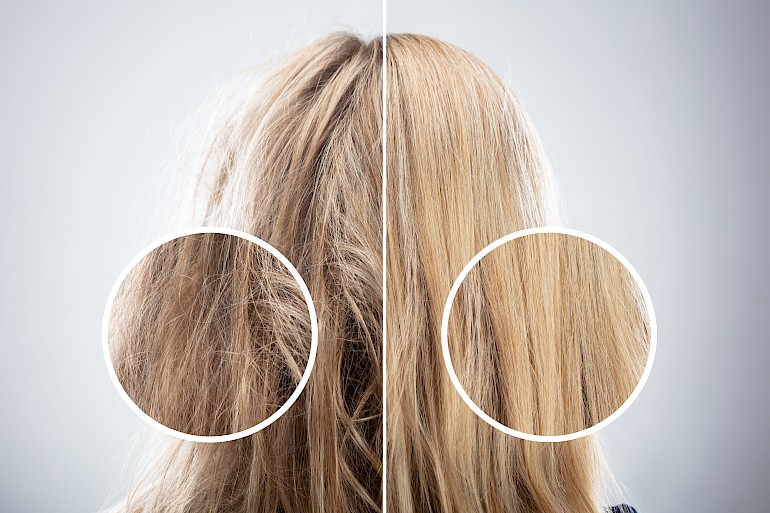
Necessities: Conditioner, Microwave, Soft bag, Warm towel, Toothbrush/Extractor, Wig stand, Water spray.
- Soak the whole wig until it is completely wet. Thereafter, leave in conditioner. If you have not yet given your human hair a bleach bath, or if your wig is in a dry state, throw it into the sink all wet. Apply deep conditioner to your hair, at least 2 ounces. A lot of our problems can be solved with a simple conditioning spray. Using this product is the easiest way to moisturize the fibers in your hair weave and to reduce frizziness.
- Wrap the wig in a bag and microwave it for 30 seconds. This will raise the surface temperature of the wig and warm it somewhat. Doing this will help the hair hold its moisture, restore a natural and healthy looking shine. During this process, steam is generated in the bag, which helps the wig set. Tip: The bag should preferably have a zipper and be made of a very soft material that is snug enough to fit the linen wig.
- The hairpiece should stay in the bag for at least one hour. Open the microwave and take out the bag. Be careful not to touch the bag with your hands right away because it gets hot too. Wait patiently for it to cool down, there is no need to rush, the wig is absorbing water and deep conditioner as it cools. Tip: To prevent grease stains from surfacing on the bag, you can lay a warm towel on its surface.
- Clean the hair with a toothbrush or extractor. Dry your wig on a stand and carefully brush and inspect it while it is wet. It will be shiny and silky, free of any tangles or stains.
- Put your old wigs on your head and let it dry naturally. Now you can spray it with some water to keep it hydrated on the scalp. Also, avoid extra movements that may make your hair messy. If you want to know more about human hair wigs, please visit our blog.
Step #3 Store properly
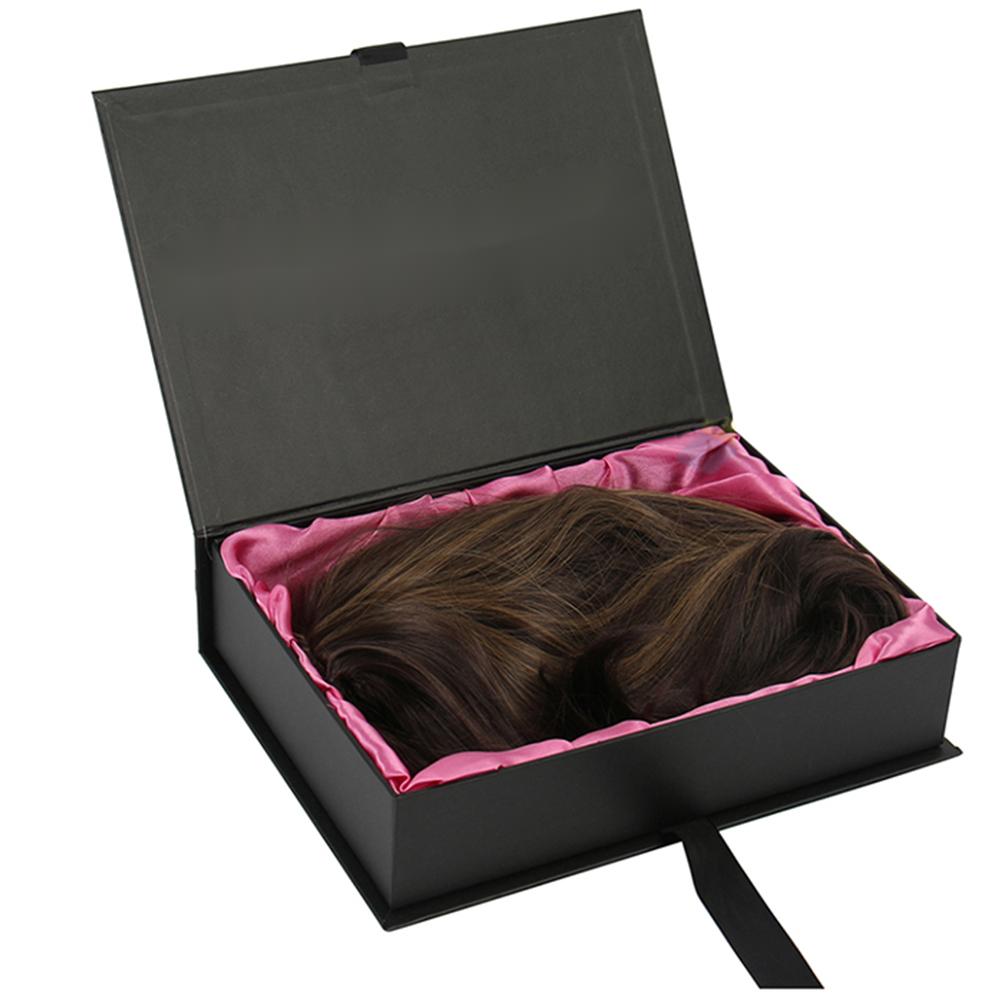
Necessities: Box/Gauze bag/Silk bag, Hair strings, Flat iron, Paddle brush
- If you wear your wig regularly, you need to clean and care for it regularly to keep it clean and textured. If you have to wear your wig for a long time, you need to be careful not to clean the wig too often. Clean it moderately and make sure you wear it once every three days.
- To avoid tangling and curling your hair, it is best to keep the wig on your scalp. This is the only way to keep it smooth and tangle free. This will keep the wig in better condition - if you keep it in a locker or closet, your wig may get tangled due to frequent movement.
- When you're ready to remove your wig, don't take it off right away; let it stay on your head for three or four minutes. After that, you can store it in a box or gauze bag. You can divide the wig into several bundles and weave it up with hair strings from time to time, differently each time, so that changing directions and pressing the hair will prevent it from tangling. If you are attempting to revive the weave while it is currently installed in, you can put the ACV mixture in a spray bottle and spray it on to the hair and carry on about your day.
- To prevent the wig from losing steam and becoming dry, you may consider putting it in a silk bag. When you plan to put your human hair wig aside for a long time, or if you don't want to wear it on your head all the time, a silk bag will be the best place for it. Because silk has a very smooth and delicate texture, it can lock in wetness without causing friction to the hair and causing damage to the wig.
- When you find that your human hair wig is a little frizzy or tangled, you can ask the iron for help. If you don't have enough energy to give your wig careful care, a flat iron will definitely be a handy helper. Use the iron to smooth out the rough parts of your wig and then use paddle brush to brush it carefully. Next, layer your hair and use the iron to gently iron each layer while following the hair with a comb.
Synthetic wigs
Method One: Fabric Softener method
Necessities: Fabric softener/Synthetic hair conditioner, Water, Towel, Wig stand/Wig head.
Step #1 Mix water and fabric softener
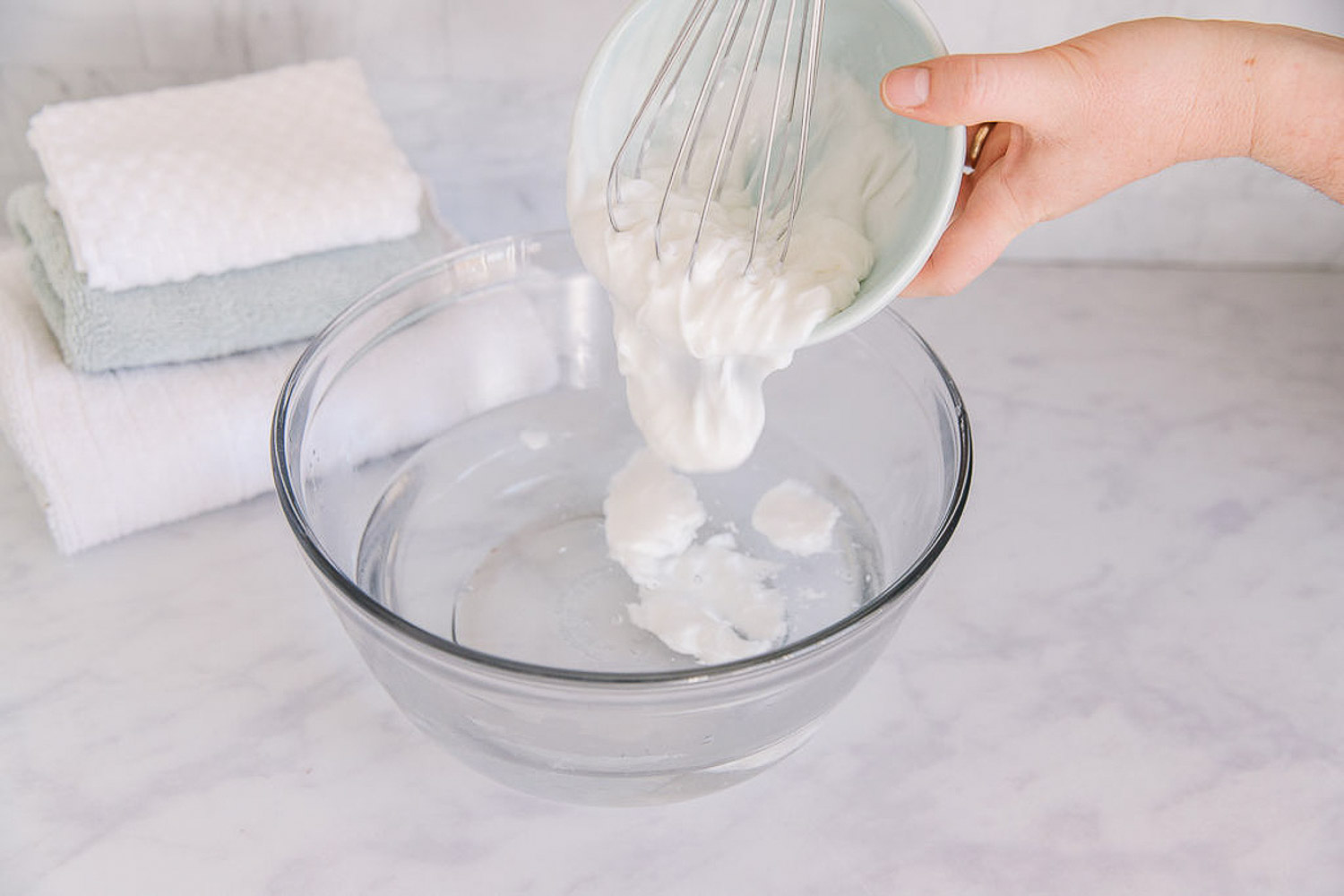
Prepare a spray bottle with a 1:1 ratio of water to fabric softener (mix one part cold water to one part fabric softener). Screw on the cap until it fits snugly on the top of the bottle and shake it up and down for a few seconds so they are well mixed and fully integrated.
For example, use two cups with 200ml of water and 200ml of fabric softener, and put them into a spray bottle.
Remember, do not use hot water, the heat will damage the fibers of synthetic hair.
Step #2 Spray fabric softener/Hair conditioner

After shaking well, leave the spray bottle for a few minutes and wait for the liquid to calm down again. Spray your synthetic wig and leave in conditioner, making sure that every strand of hair on the surface is covered with the spray. The fabric softener moisturizes the synthetic fibers, leaving hair smooth and silky. Then, spray the top of the synthetic wig so that the hair is soaked and dripping with water. Next, turn the top of the hair over and spray the bottom layer of hair.
You can do this in the sink to prevent your feet from slipping when the floor gets damp.
Step #3 Remove moisture of the wig
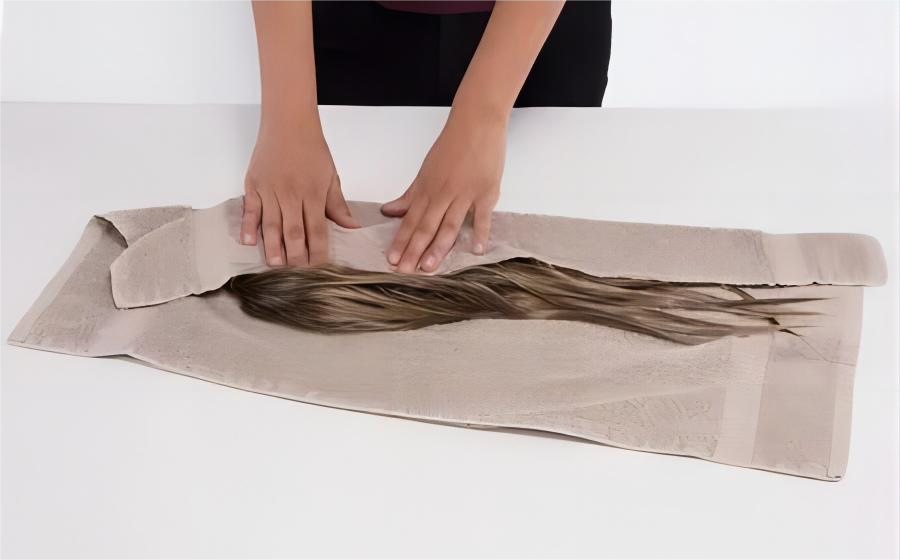
Take a clean and dry towel and wipe off any excess water from the synthetic wig. Be careful not to rub the synthetic wig back and forth with the towel, as this will damage the surface fibers of the hair. Instead, fold the towel into small pieces and press gently on the wig (try to avoid sliding), leaving each press for a few seconds in order to absorb the wetness completely. If your wig still has some residual wetness, you don't have to worry, it will dry naturally overnight.
Remember not to use a hair dryer on your hair, doing so will make the wig strands weak.
Step #4 Air dry the wig
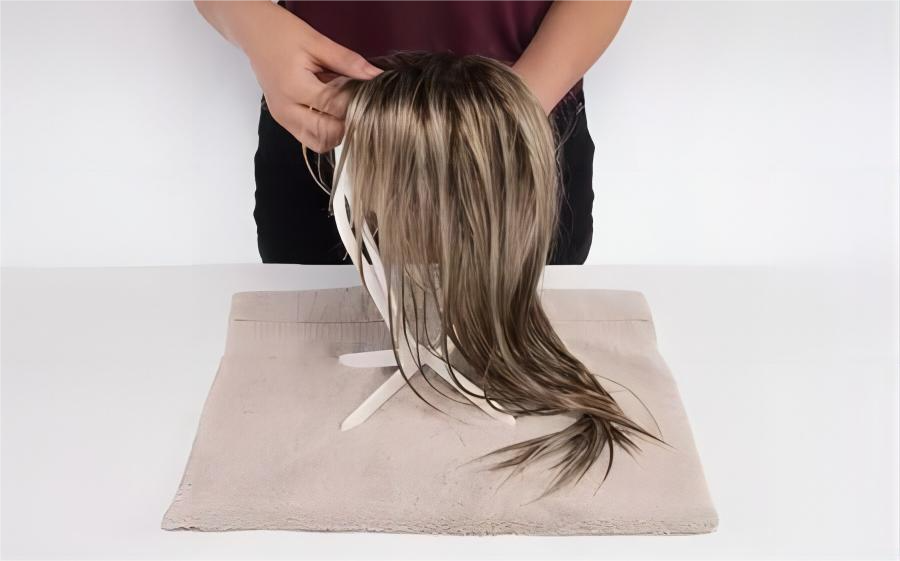
Place the synthetic wig on a stand to air dry overnight. Once dry, place the wig on the wig stand/wig head and begin your styling. Use a variety of hair accessories (preferably good quality) to accessorize your wig, or braid it. Let the wig continue to dry for seven or eight hours, or when it is completely dry, you can put on your wig. You can use a blow dryer (on low heat) if you must. Once it's completely dry, go back through the hair to see if there are any spots where the hair still seems stiff. If there are, simply apply more heat with the hair dryer and work it out with the round brush until it is soft and supple.
If you don't have a wig stand/wig head, you can use a hook instead (but it may be slightly less effective).
Step #5 Smooth the wig
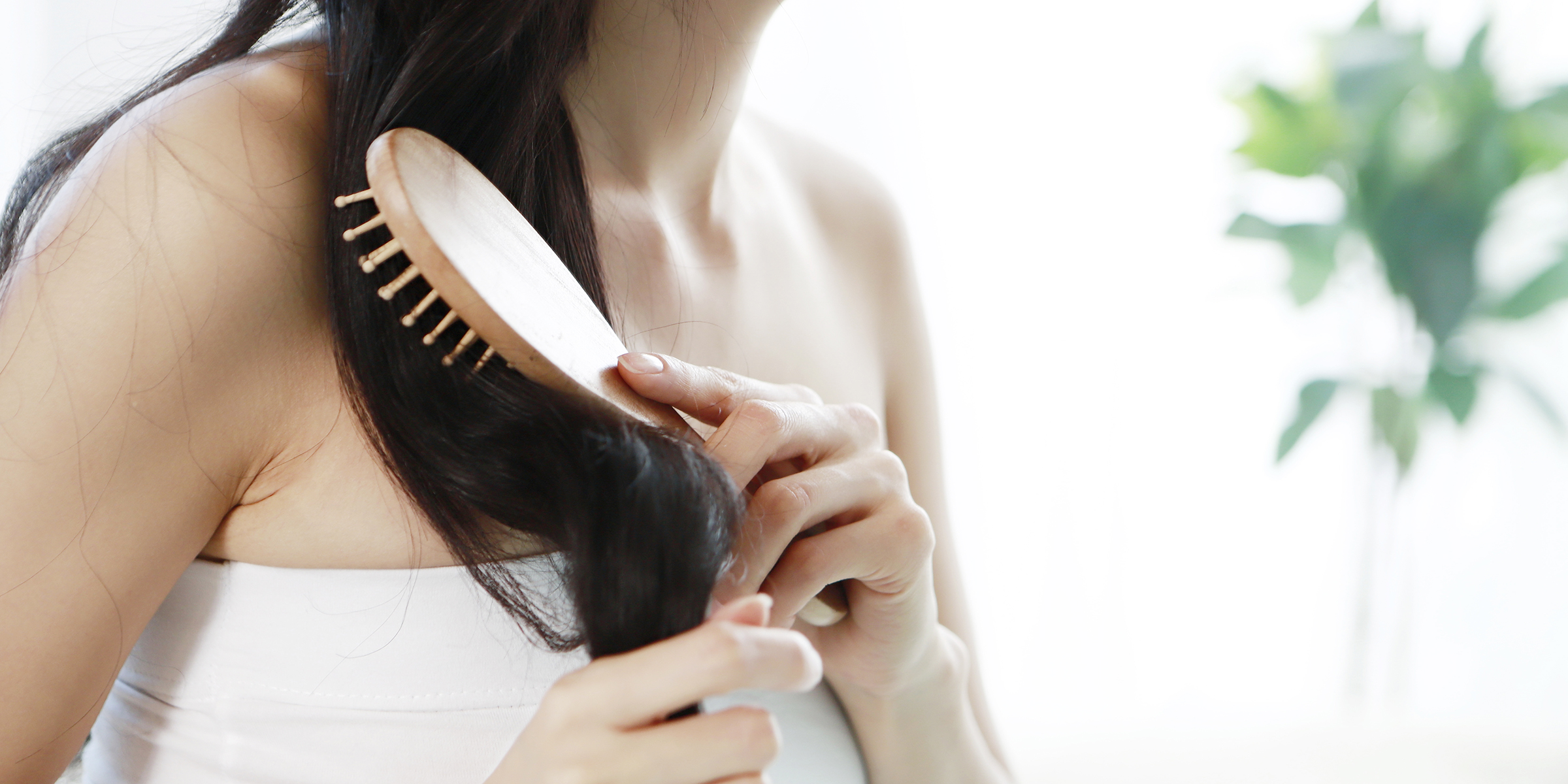
Use a paddle brush to slowly comb through your synthetic will wig. Look carefully for tangles in the wig and gently pluck the knots with the brush to bring each strand of hair to life. Start at the roots and work your way to the ends of your hair. Don't be in a hurry and pull the hair, it will pull the hair out of the wig and lose its toughness. You can use a fine-tooth comb to comb back and forth, carefully detangle any tangles.
Don't comb through it when your hair is wet, as this will pull the strands out of the bottom of the wig.
Method 2: Clean and straighten your wig
Necessities: Warm water, Dishwashing liquid, Towel, Round brush.
Step #1 Mix warm water and detergent

Find a sink and fill it with warm water and 1 tablespoon (about 15ml) of detergent. Before doing so, wipe the sink to make sure it is clean. Then put in the water and detergent. Put your hand in the sink and rotate it clockwise, stirring slowly to mix them together until a lot of foam is created.
If you can't find a suitable sink, you can also choose to use a bucket or large basin instead.
However, do not use hot water, which is likely to damage the wig. Keep the lukewarm water temperature between 90 and 110 degrees Fahrenheit (the temperature at which you can dip your hands in the water without any worries).
Step #2 Soak the whole wig
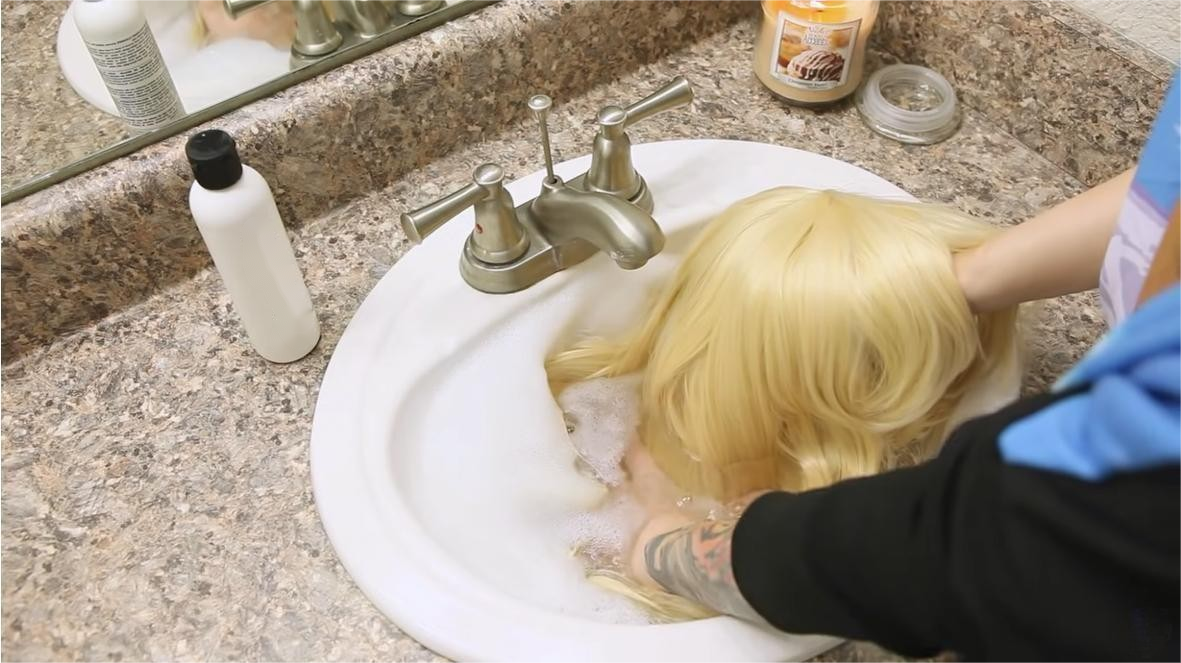
Soak the synthetic wig in a mixture of water and detergent. Place the wig inside of your sink(or bucket and large tub) – being careful to keep the hair out of the center of the wig so that they are completely submerged in the liquid mixture. Make sure that every strand of hair is fully exposed to the liquid and that there are no leaks.
Step #3 Massage the wig
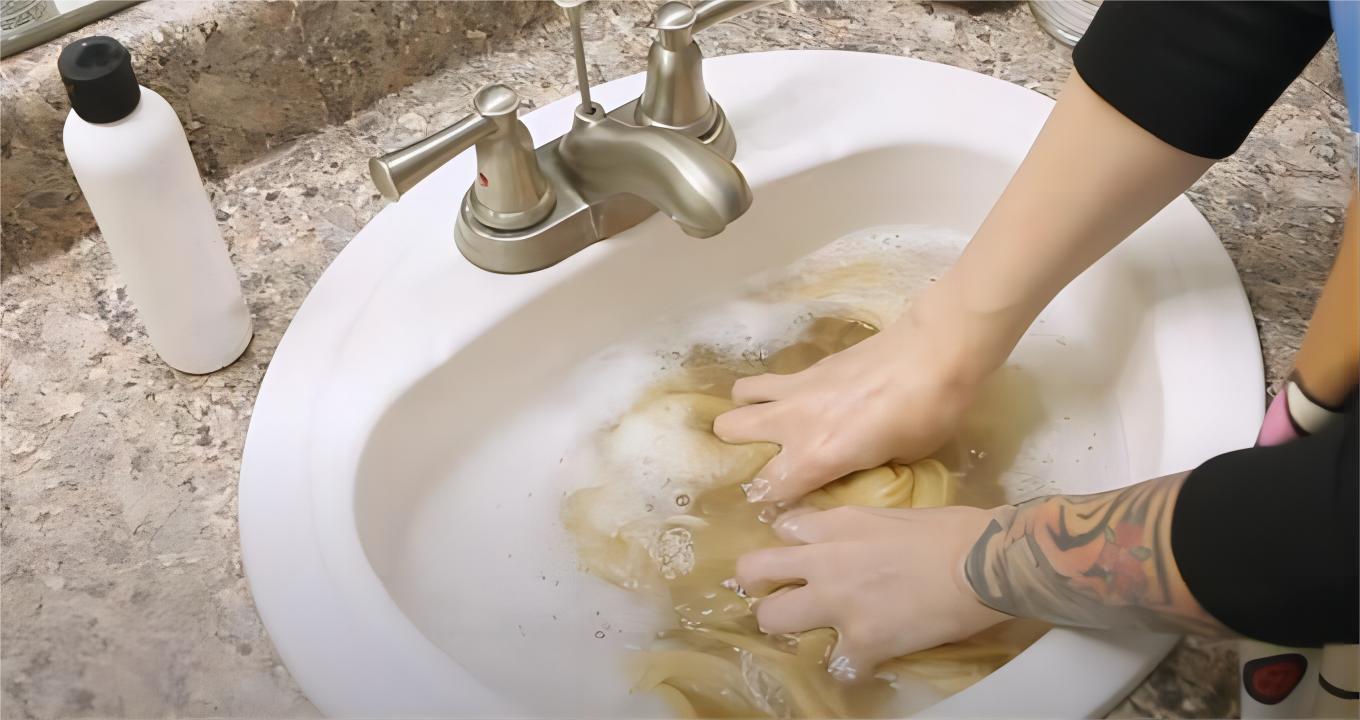
Washing through the synthetic wig for traces of makeup or oil stains by gently massaging the hair with your fingers. Search every corner of the wig thoroughly and feel carefully if the hair is tangled, sticky or if there is any dirt attached. If you find dirt, use your fingers to move it out of the way. Keep your finger pressure in a downward direction, which will help detangle the fibers of the synthetic hair.
But do not rub your hair to avoid it becoming frizzy.
Step #4 Rinse the wig

Take out two basins (make sure both are clean) and take the synthetic hair out of the sink and place it smoothly into the first basin. Drain the dirty water from the sink, wipe the sink again, and put the cold water back in. Take the wig out of the basin and soak it in cold water to rinse any residual detergent. Turn on the faucet (keep the water running low) and carefully wash the synthetic wig, then fish out the wig into another basin.
Take care not to use hot water! If your wig still shows soap suds, you will need to empty the sink and repeat this step again until it is thoroughly clean.
Step #5 Squeeze the moisture out of the wig
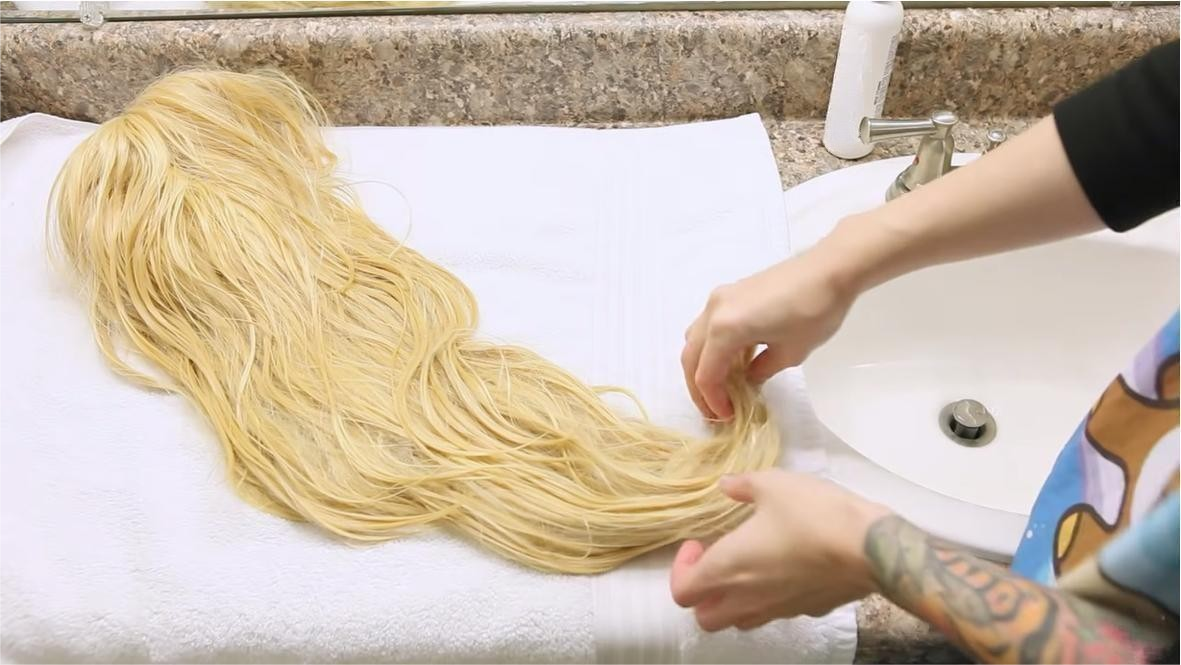
Press the wig with your hands (keep it light) to gently squeeze out the excess water, then place it on a towel to dry. Start pressing from the top of the wig and work your way down the hair to the ends. After squeezing out most of the water, lay the wig flat on the towel and leave it to dry.
Generally, synthetic wigs take 6-12 hours to dry completely.
Before wearing or combing your synthetic wigs, you must carefully check if the wig is completely dry.
Step #6 Brush the wig
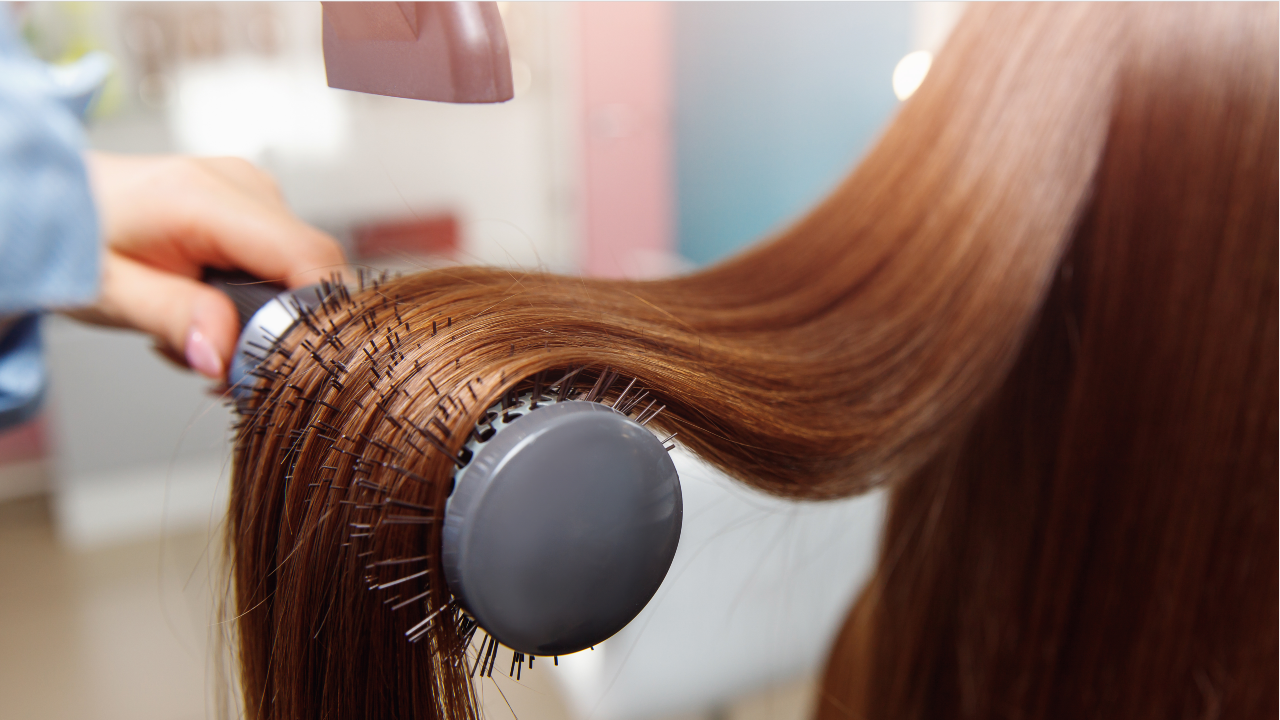
Use a brush (preferably a round brush) to comb through your hair. Place the wig on a wig stand or support it with one hand. Brush the hair gently (from top to bottom) with a round brush, this will help to untangle the hair. And make it smooth and soft to the touch.
If you don't have a round brush, a toothbrush can be used as a substitute (the effect is slightly different).
Related: How Can I Make My Synthetic Wigs Look More Realistic?
Final Thoughts
Can't wait to get into practice? Go ahead and resurrect your wig! If you also have a good way to revive the wig, you can send us a message through "Contact Us".
For any questions about hair (including wigs, hair topper, hair loss issues, etc.) you can email us or visit our blog. We would love to explore the wonders of wigs with you!
Images credit: Google, Pinterest, YouTube.
